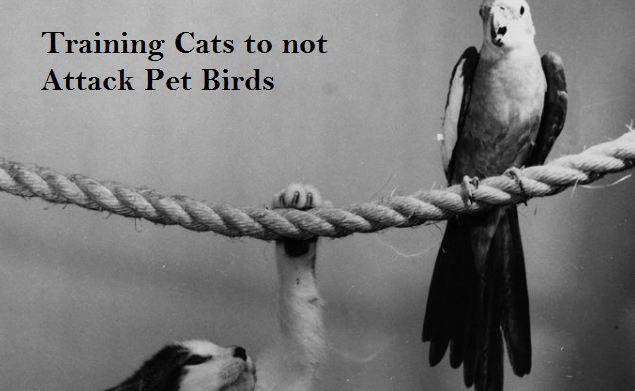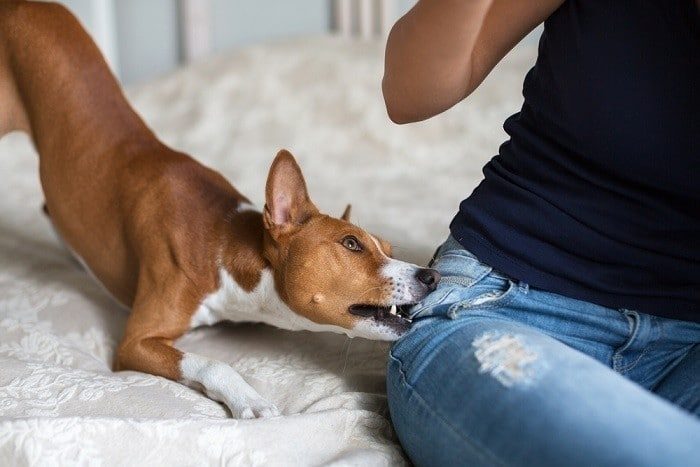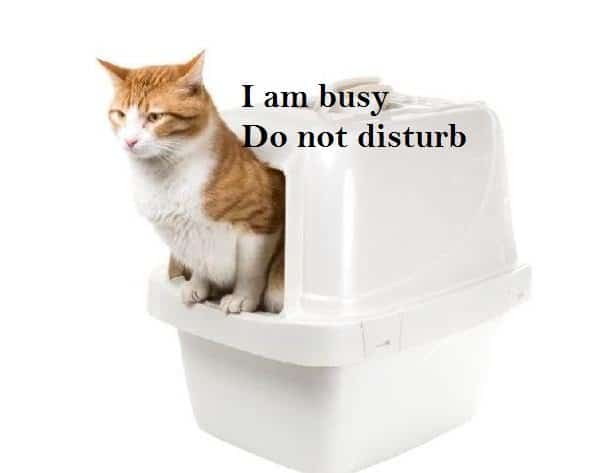Training Cats to not Attack Pet Birds – The cartoons may make us think that it is impossible for cats and birds to live together, but with the right training, it is possible. When bringing home a bird it is important not to separate the cat and bird by placing the cage in an enclosed room or in a place of the house that the cat does not go. Creating a distance between animals will only leave the cat curious and awaken his predatory instinct, which can result in tragedy if someone forgets to close the cage and the bird flies through the house. Follow a few steps to train your cat not to attack the bird.

Training Cats to not Attack Pet Birds
Cage
The first step to train the cat not to attack birds is to purchase a large, firm cage to protect your bird. Do not buy a light cage with spaced crates, so the cat can not knock the cage down or push the paw in. The bird should have enough room to move inside the cage away from the cat if it places its paw in the crates. The bars of the cage should be no more than 1.27 cm apart. Heavy cages are made of stainless steel or wrought iron.
Local
Find a place for the cage that allows the curious cat to inspect the perimeter and contents. To lessen the cat’s stress when being watched, put toys in the cage like twigs to allow your bird to hide if it catches the cat. Do not leave the cage on the floor: place it on a low table or shelf where it can not be easily knocked over. It is important to leave the cage accessible to the cat so he gets used to having the bird around. The more accustomed the cat is to being close to the bird, the less chance he has of attacking when you are not around.
Supervision
When you find the ideal place for the cage, your cat will be curious and will want to explore the bird, according to avianweb.com. Supervision is important during this phase of training because cats are natural predators and may instinctively want to hurt birds that are accessible. Look at your cat as it explores the perimeter of the cage. After a few days, let it smell the bird while you hold it firmly in your hands. Monitor closely the cat’s movements and yell “No” if it makes a noise for the bird or try to play knocking on the bird’s head while you hold it.
Persistence
Being persistent is important when training your cat to live with a bird. Keep letting him get used to the bird in the cage. Allow supervised interaction between them with the bird outside the cage until you realize that your cat is under control. Praise the cat when he approaches the bird in a non-threatening way.





